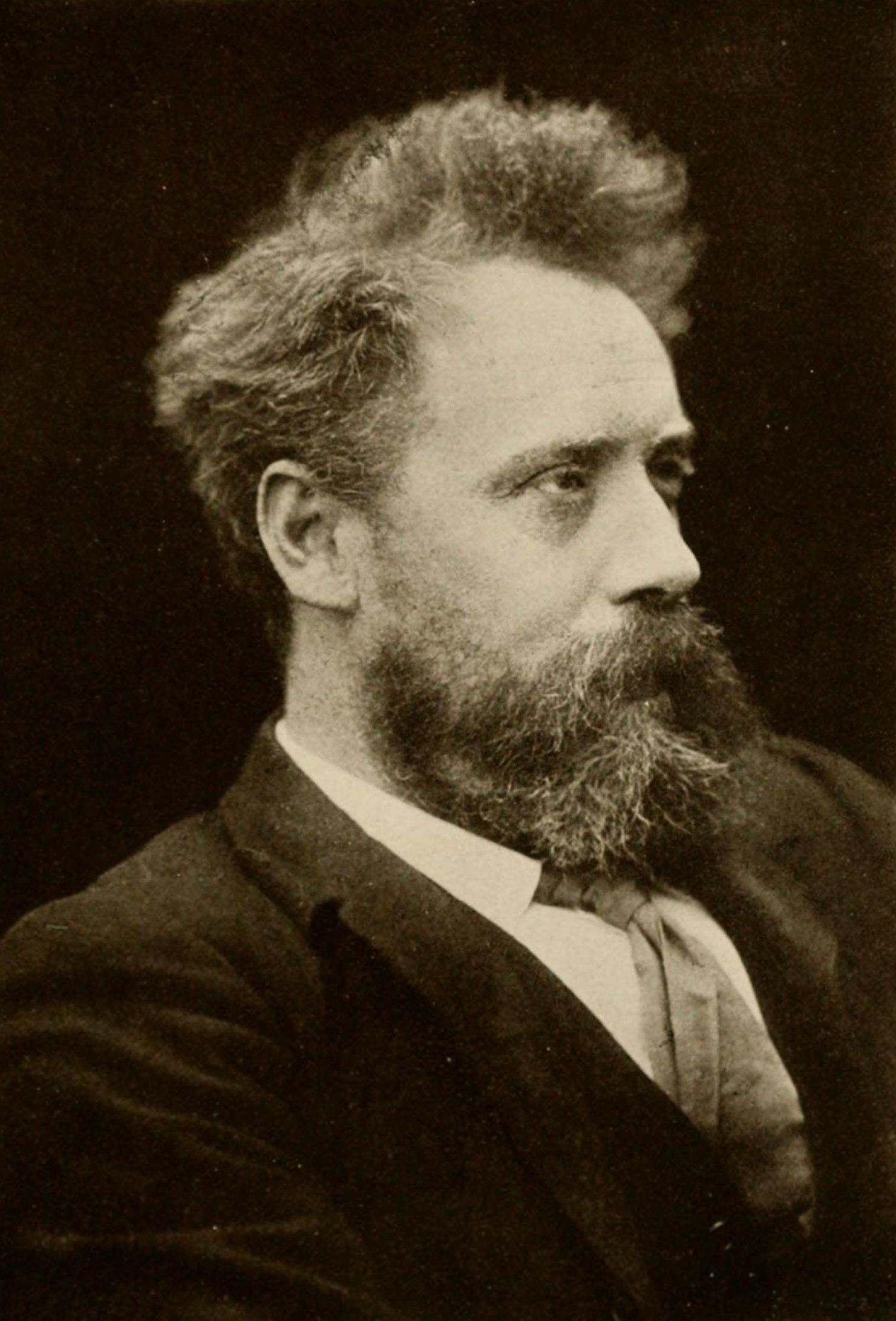|
William Henley (other)
William Henley may refer to: * William Cumming Henley (1860–1919), British artist, naturalist and botanist, and scientific microscopist * William Ernest Henley (1849–1903), British poet, critic and author * William Thomas Henley William Thomas Henley (1814–1882) was a pioneer in the manufacture of telegraph cables. He was working as a porter in Cheapside in 1830, leaving after disputes with his employer, and working at the St Katherine Docks for six years. During those ... (1814–1882), British telegraph engineer and pioneer submarine cable manufacturer * William Henley (violinist) (1882–1957), English violinist and composer {{hndis, Henley, William ... [...More Info...] [...Related Items...] OR: [Wikipedia] [Google] [Baidu] |
William Cumming Henley
William Cumming Henley (6 January 1860 – 6 November 1919) was a self-taught scientist, artist and collector who was born, educated and died in Dartmouth, Devon in England, and whose lifetime collection of artefacts is held in the Dartmouth Museum Dartmouth Museum is a local museum in Dartmouth, Devon, which displays and chronicles the history of the port of Dartmouth. It moved to its current location in the 1950s and is housed in a merchant's house which, in 1671, entertained Charles II .... Henley is the subject of a biography, William Cumming Henley: His days and ways. References English scientists English collectors People from Dartmouth, Devon 1919 deaths 1860 births {{England-scientist-stub ... [...More Info...] [...Related Items...] OR: [Wikipedia] [Google] [Baidu] |
William Ernest Henley
William Ernest Henley (23 August 184911 July 1903) was an English poet, writer, critic and editor. Though he wrote several books of poetry, Henley is remembered most often for his 1875 poem "Invictus". A fixture in London literary circles, the one-legged Henley might have been the inspiration for Robert Louis Stevenson's character Long John Silver (''Treasure Island,'' 1883), while his young daughter Margaret Henley inspired J. M. Barrie's choice of the name Wendy for the heroine of his play ''Peter Pan'' (1904). Early life and education Henley was born in Gloucester on 23 August 1849, to mother, Mary Morgan, a descendant of poet and critic Joseph Warton, and father, William, a bookseller and stationer. William Ernest was the oldest of six children, five sons and a daughter; his father died in 1868. Henley was a pupil at the Crypt School, Gloucester, between 1861 and 1867. A commission had recently attempted to revive the school by securing as headmaster the brilliant and academ ... [...More Info...] [...Related Items...] OR: [Wikipedia] [Google] [Baidu] |
William Thomas Henley
William Thomas Henley (1814–1882) was a pioneer in the manufacture of telegraph cables. He was working as a porter in Cheapside in 1830, leaving after disputes with his employer, and working at the St Katherine Docks for six years. During those years he was determined to learn a trade and used money from an aunt to purchase a lathe, vice and lumber with which he made a work bench. With those tools he taught himself to turn wood and brass and began to experiment, including with electricity. Henley designed and built a machine in 1837 for covering wires with silk or cotton thread which is now in the London Science Museum (Object Number: 1939-139). The machine may have been Henley's original prototype. Around 1858 Henley developed a needle galvanometer that was installed at the Valentia Island, Ireland shore end of the 1858 transatlantic telegraph cable to receive the first signal from the North American terminus at Heart's Content Cable Station, Newfoundland. That instrument is al ... [...More Info...] [...Related Items...] OR: [Wikipedia] [Google] [Baidu] |
